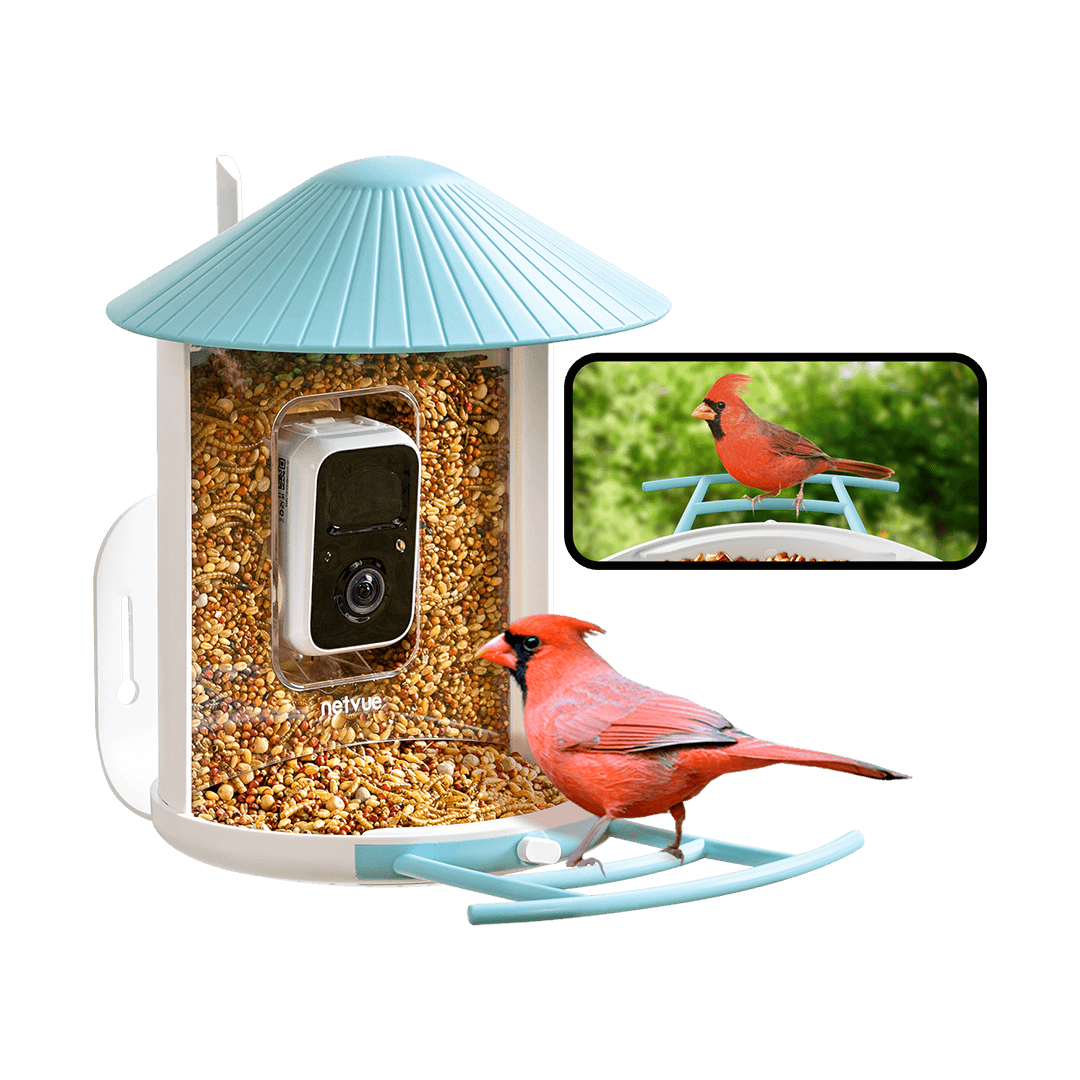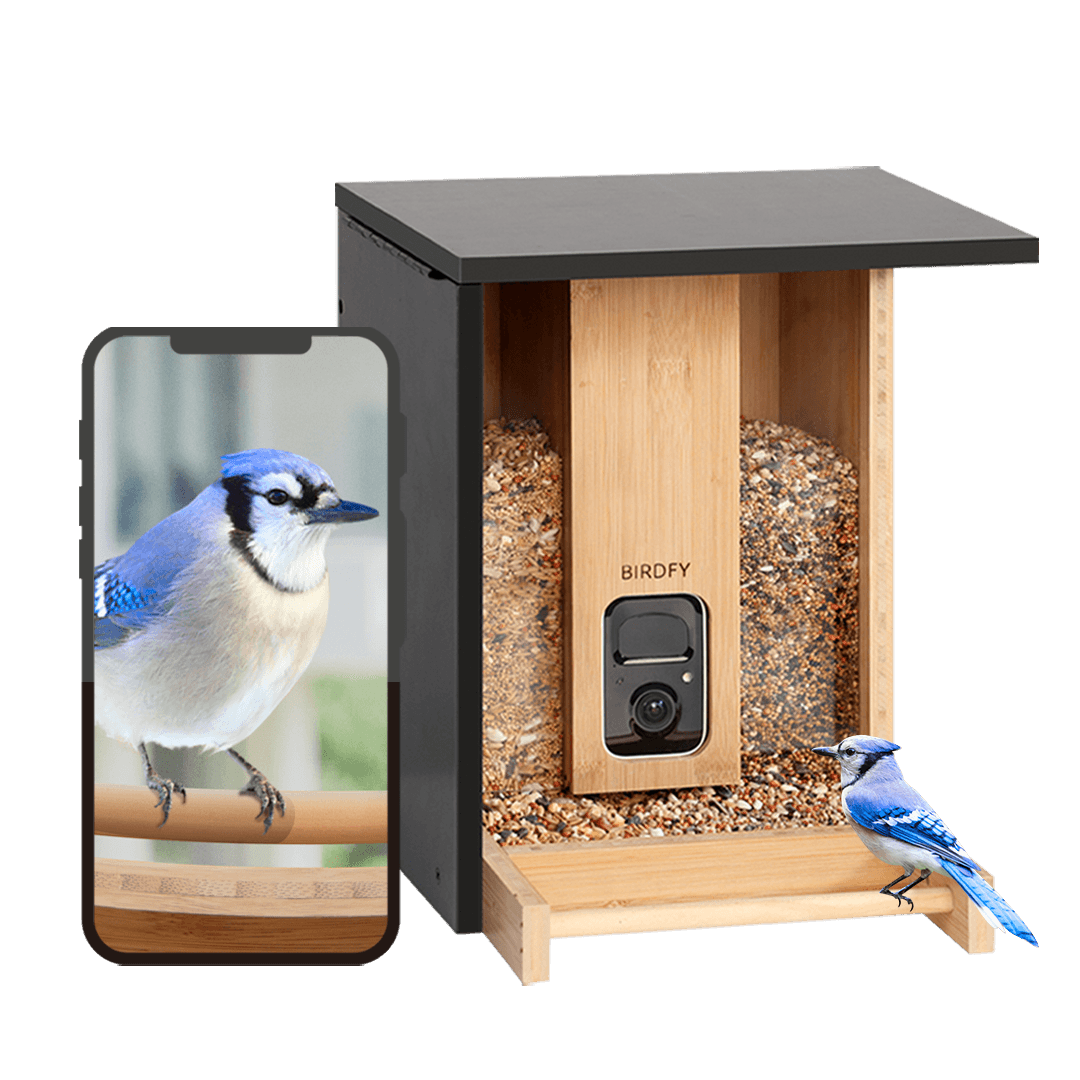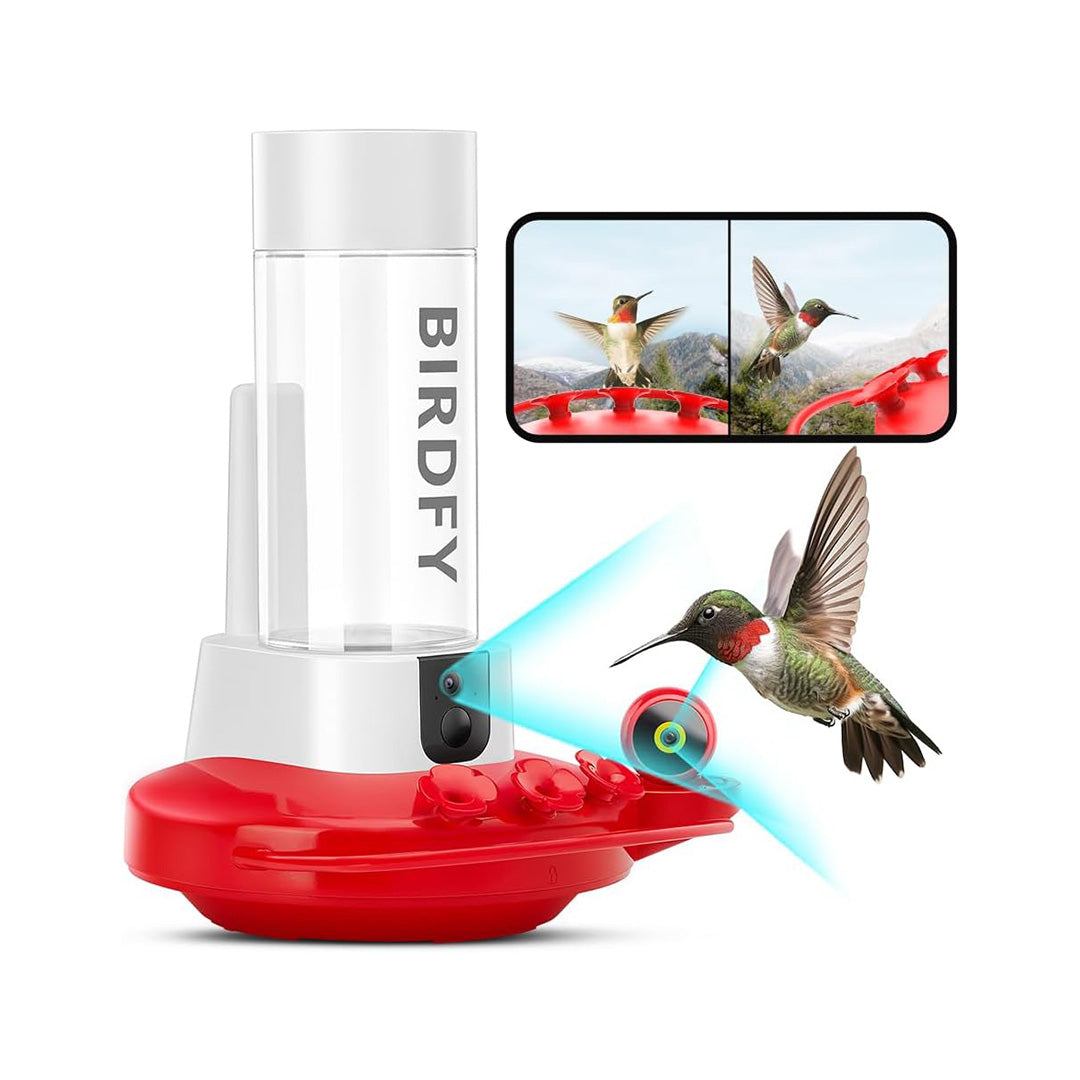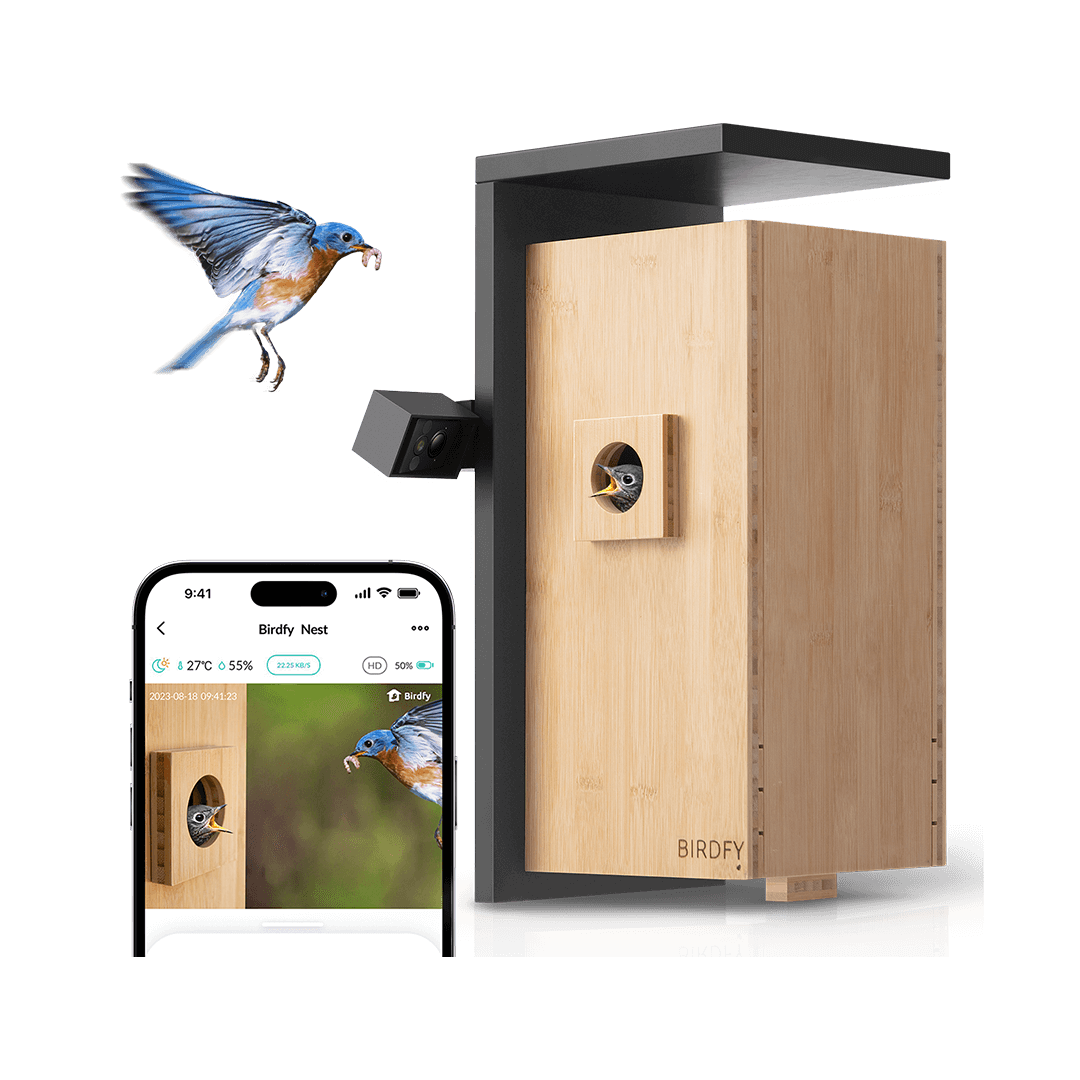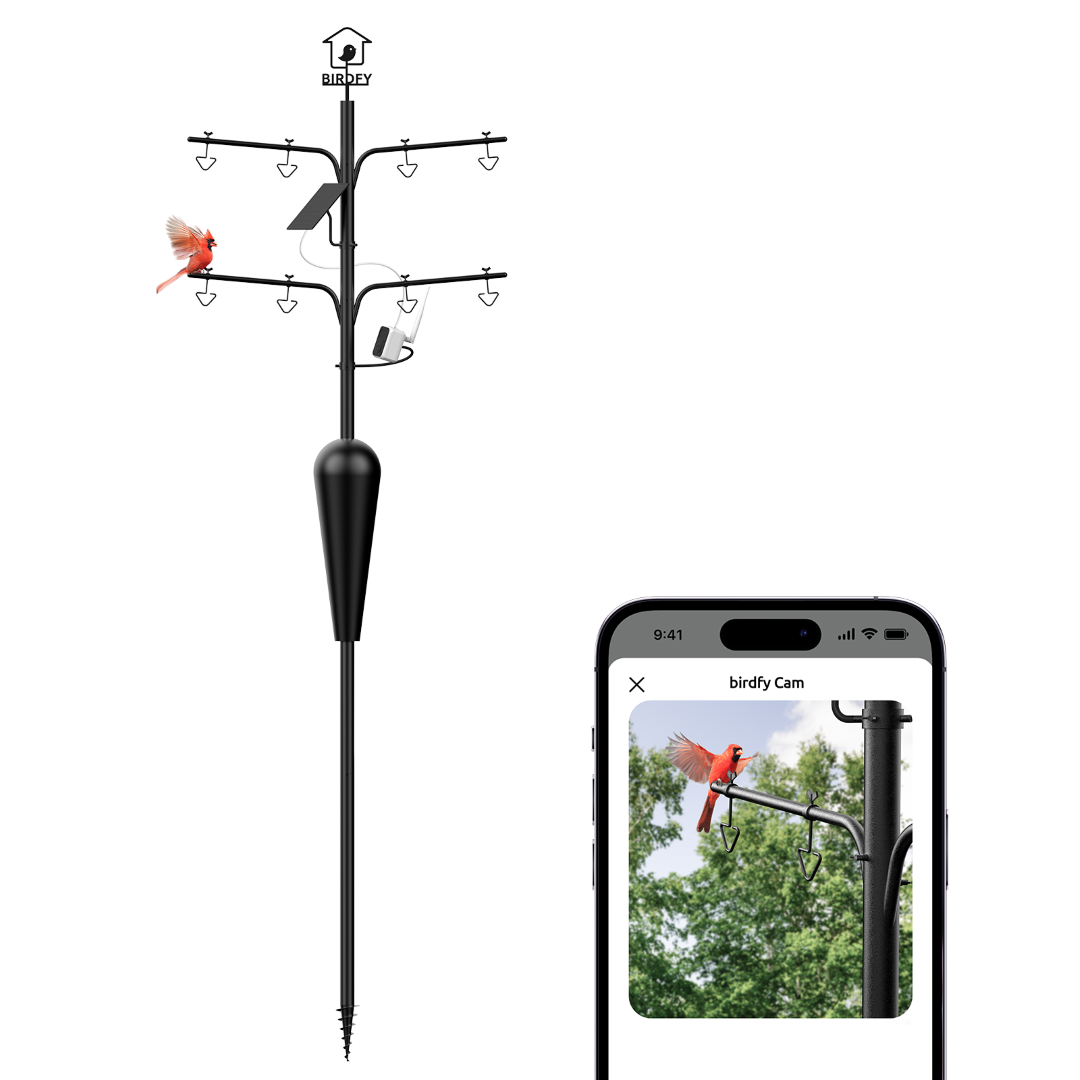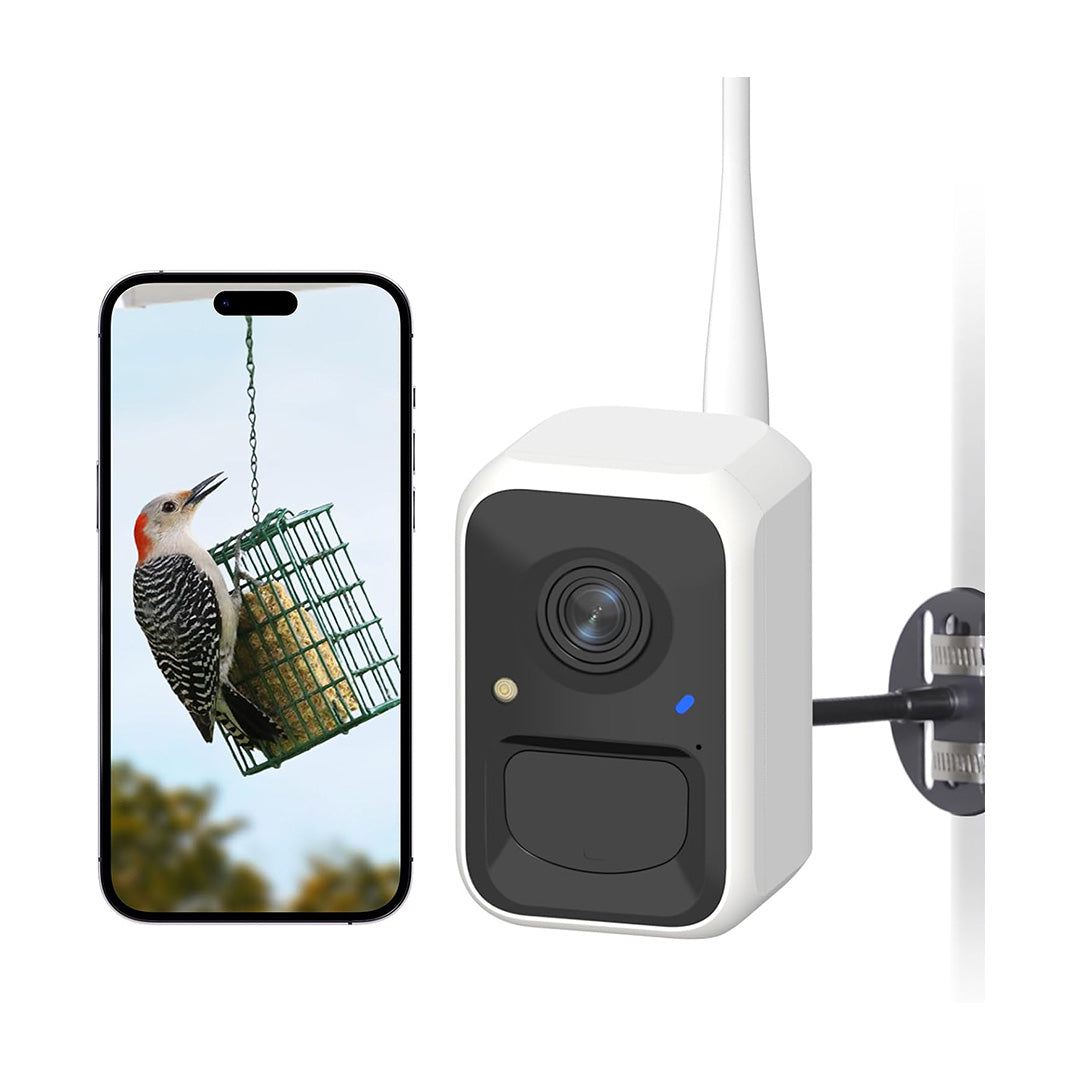Bird introduction-Painted Bunting
Bird introduction-Painted Bunting
Male Painted Buntings are so beautiful, they have a vivid fusion of blue, green, yellow, and red. Females and immatures are a distinctive bright green with pale eyering. These fairly common songbirds breed in the coastal Southeast and in the south-central U.S., where they often come to feeders.
The male painted bunting is often described as the most beautiful bird in North America and as such has been nicknamed nonpareil, or "without equal". Its colors, dark blue head, green back, red rump, and underparts, make it extremely easy to identify, but it can still be difficult to spot since it often skulks in foliage even when it is singing. The plumage of female and juvenile painted buntings is green and yellow-green, serving as camouflage.
Scientific Name: Passerina ciris
Lifespan: Over 10 years
Size: 4.7–5.5 in
Weight: 0.46–0.67 oz
Wingspan: 8.3–9.1 in
The painted bunting is found in thickets, woodland edges with riparian thickets, shrubbery, and brushy areas. In the east, the species breeds in maritime hammocks and scrub communities.
Today, it is often found along roadsides and in suburban areas, and in gardens with dense, shrubby vegetation. The wintering habitat is typically the shrubby edges along the border of tropical forests or densely vegetated savanna.
Painted Buntings eat seeds, particularly after the breeding season is over, starting in midsummer. They’re more likely to visit a bird feeder in a yard with low, dense vegetation.
The breeding season begins in late April and lasts through to early August, with activity peaking mid-May through to mid-July. The male arrives about a week before the female and starts to establish a small territory. The nest is typically hidden in low, dense vegetation and is built by females and woven into the surrounding vegetation for strength.
Each brood contains three or four gray-white eggs, often spotted with brown, which are incubated for around 10 days until the altricial young are hatched. The female alone cares for the young. The hatchlings are brooded for approximately 12 to 14 days and then fledge at that time. About 30 days after the first eggs hatch, the female painted bunting usually lays a second brood. Nests are often parasitized by cowbirds.





